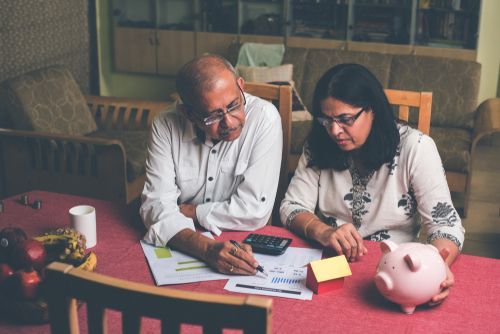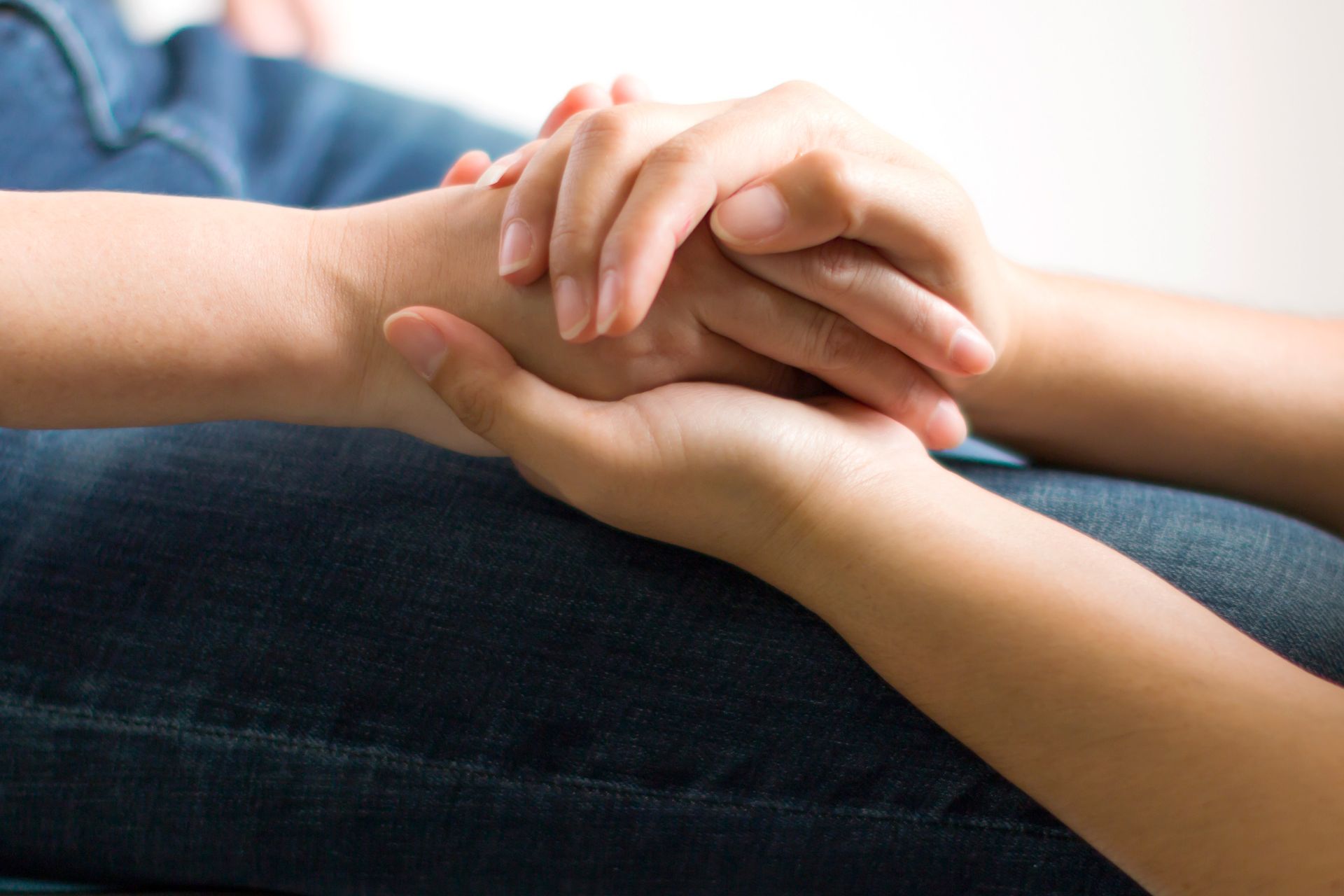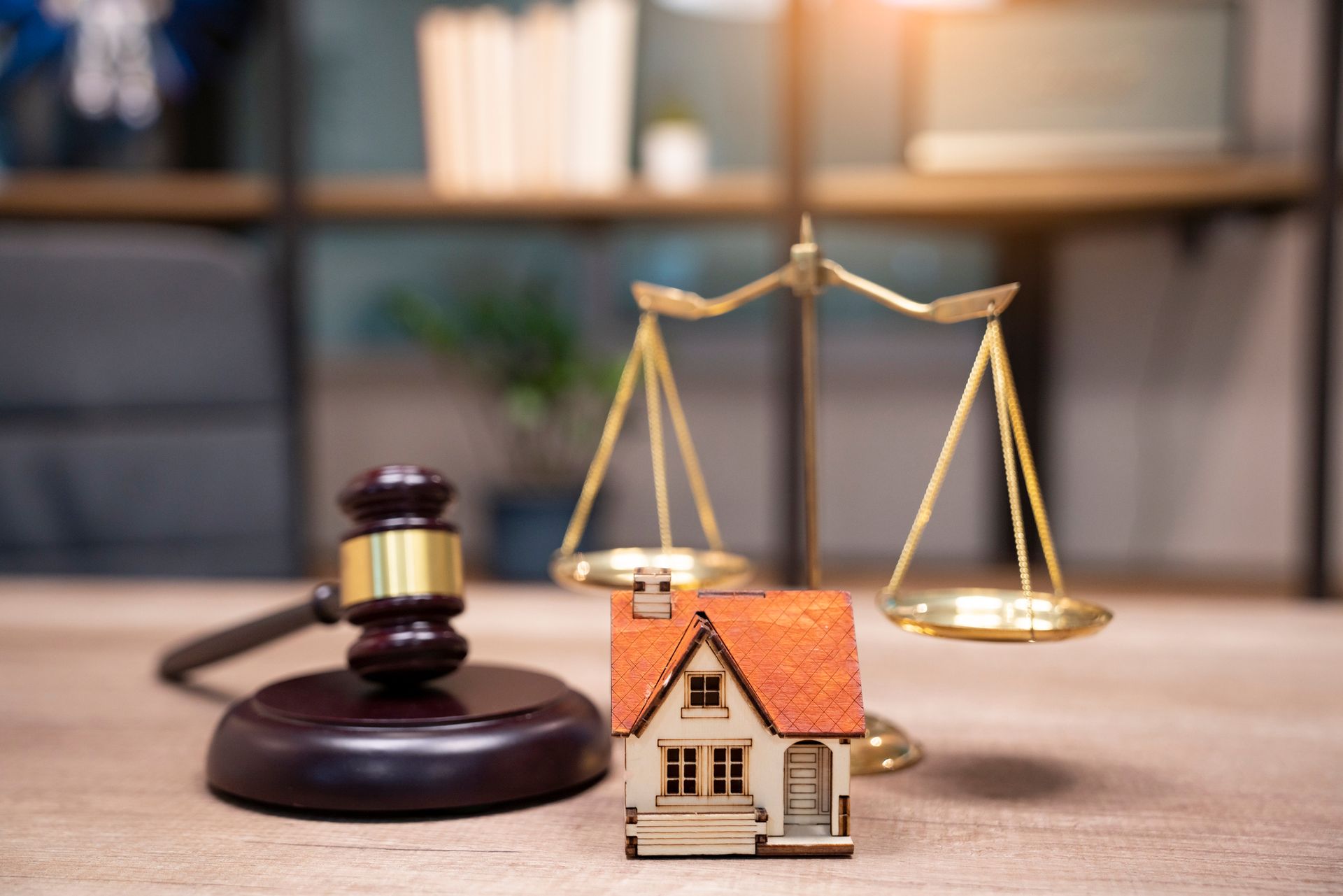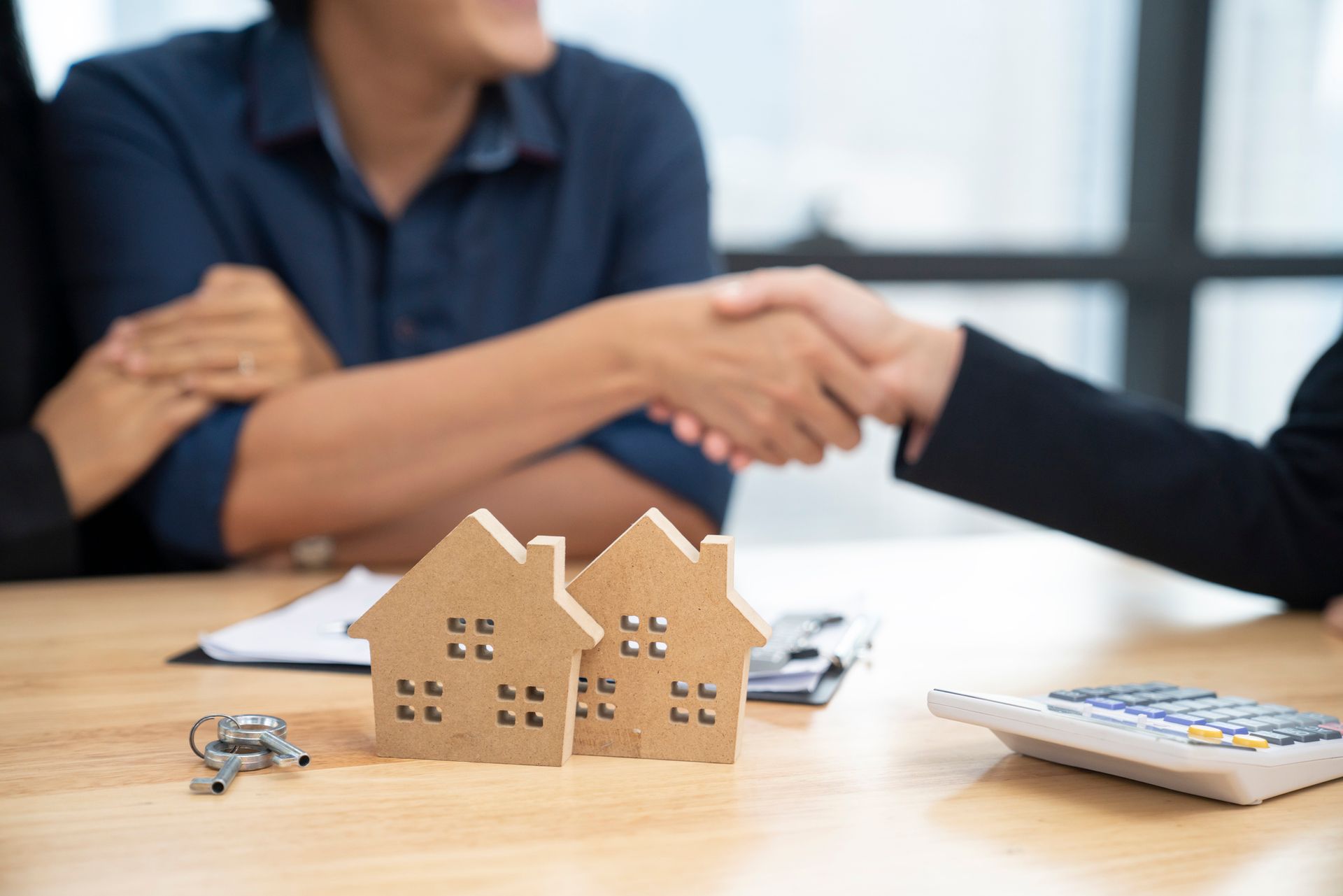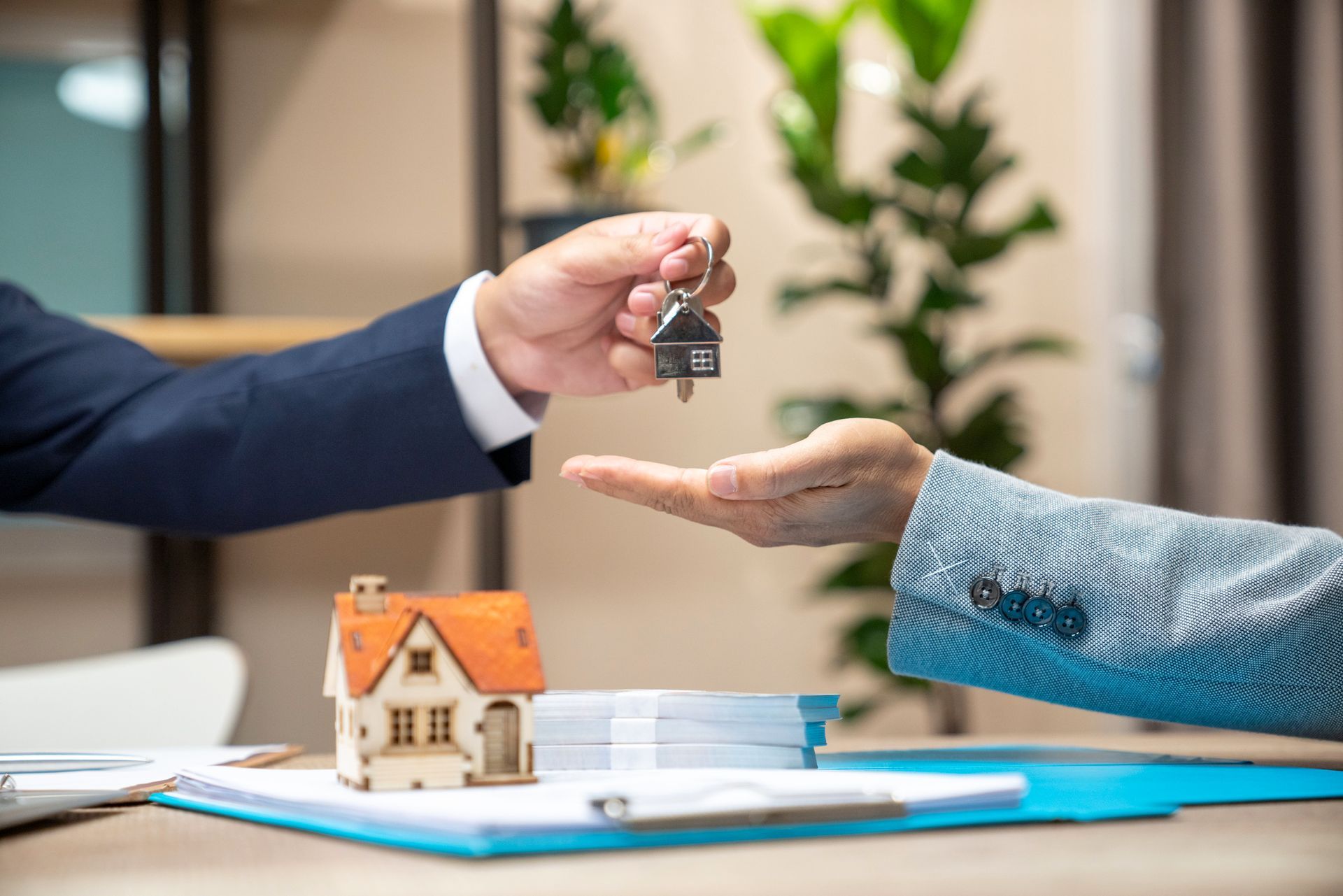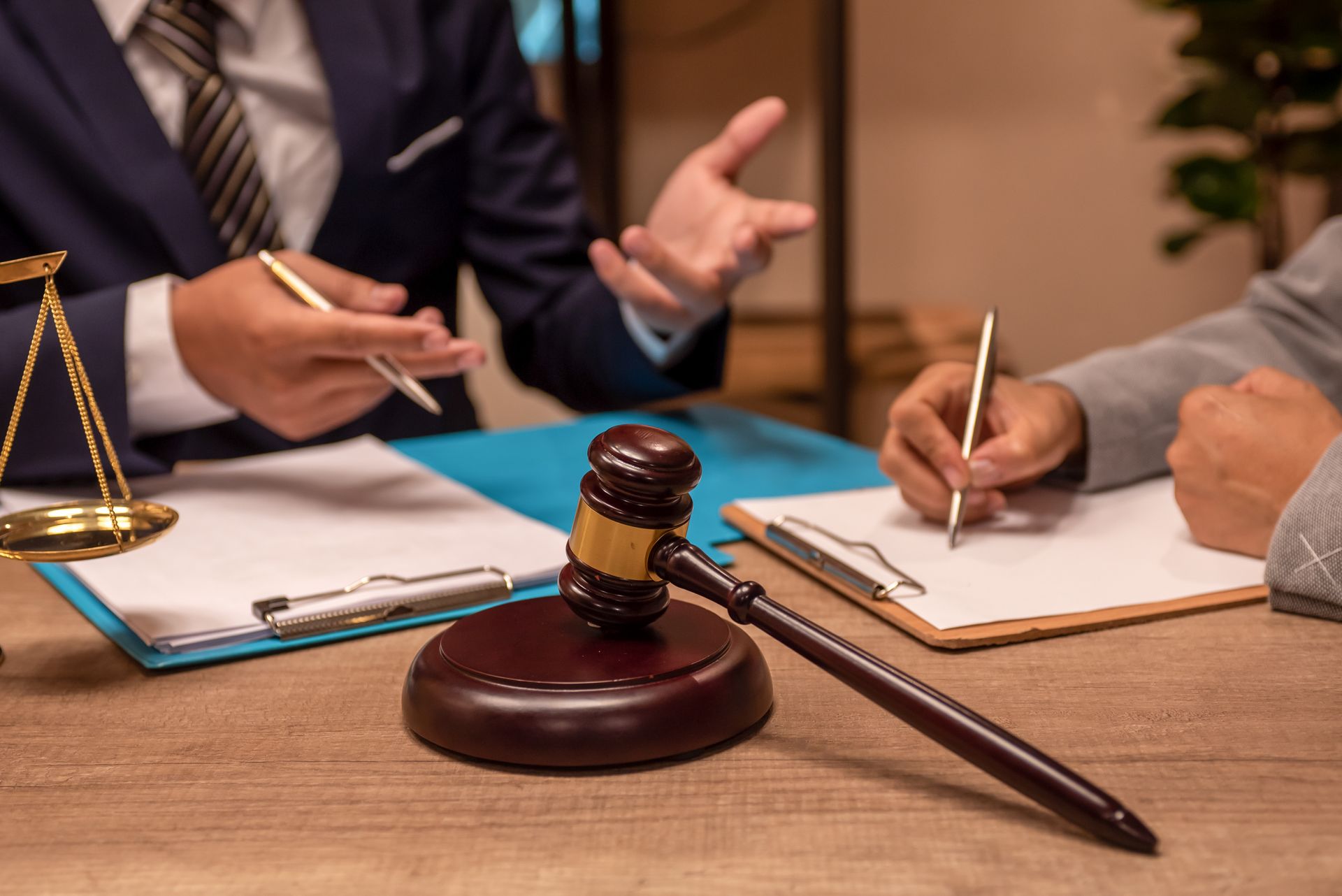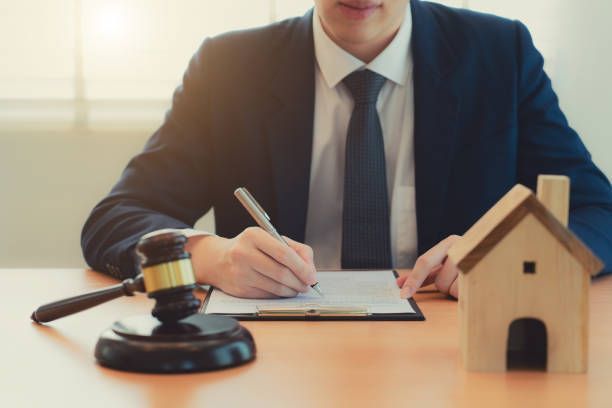Chapter 13 Bankruptcy and the Cramdown

Chapter 13 bankruptcy is a common way to pay down debts while spending less money overall on those debts. Chapter 13 bankruptcy also allows you to "cram down" some of your debts.
Chapter 13 bankruptcy can be a great tool to help you pay off unmanageable debt. Under Chapter 13 bankruptcy, your eligible debts will enter into a new repayment plan for 3-5 years, depending on the terms applied by the court. During that time, you will make one monthly payment toward these debts. Any persisting unsecured debt will (usually) be discharged after your repayment plan term is completed. Chapter 13 repayment plans often allow for smaller monthly payments and better interest rates than the original terms of the debts. For this reason, Chapter 13 bankruptcy is a common way to pay down debts while spending less money overall on those debts.
Chapter 13 bankruptcy also allows you to "cram down" some of your debts. A cramdown can help you keep your car, investment property, or other properties. A cramdown will enable you to lower the principal balance of a secured debt to the estimated value of the property the debt is secured by. Here is how a cramdown in Chapter 13 bankruptcy can help you.
How Does a Cramdown Work?
A cramdown is most often used in Chapter 13 bankruptcy with car loans, so here is an example of how that can work:
The car loan balance on your car is $15,000. However, in an analysis of the fair market value, your vehicle is only worth $7,000. Chapter 13 bankruptcy will allow you to cram down your loan to the car's value, $7,000. The remaining balance, $8,000, will be added to your other unsecured debts (credit cards, personal loans, etc.). Any persisting unsecured debt will typically be discharged at the end of the repayment plan term. This means you will only pay a fraction of the unsecured debt. And because you will have paid down the $7,000 of the car's value, you will also own the vehicle free and clear when the bankruptcy is over.
What Debts Are Eligible?
Not all debts are eligible for a cramdown. You can only cram down specific secured debts. Secured debts are debts in which your lender has a security interest, like a car loan or mortgage. If you default on those loans, your lender can recoup their losses by repossessing those assets. You cannot get a cramdown for all secured debts, however. For example, you cannot cram down your mortgage on your primary residence. But you can cram down car loans, investment property mortgages, and personal property loans for non-real estate items (like household furnishings).
What are the Advantages of a Cramdown?
You can use a cramdown to reduce your interest rate and extend your payments over a longer term. This will reduce the monthly amount you have to pay towards that debt. When you enter bankruptcy, the court will determine the interest rate you pay to secured creditors. The interest rate in bankruptcy is often much lower than the already established interest rate on your original loan. With interest rates trending upward right now, this alone can be the difference between debt you can reasonably pay back and debt that is unrealistic for your budget.
Because the Chapter 13 repayment plan is stretched out over three to five years, you can often stretch out payments to create a lower, more manageable monthly payment. Again, once you finish the bankruptcy repayment plan at the conclusion of the 3-5 year term, you will own the secured property outright.
Are There Any Cramdown Restrictions?
There are federal restrictions concerning the situations in which you can use a cramdown. These restrictions are intended to prevent people from cramming down on recent expensive purchases. There are three main restrictions:
910-Day Rule on Car Loans
You are only eligible to cram down your car loan if you purchased the car over 910 days before filing for bankruptcy. This is around 2 ½ years. The 910-day rule is intended to prevent people from using the cramdown to purchase a new car and then instantly pay less on the loan by filing for bankruptcy. This rule applies only to auto loans.
1-Year Rule on Other Personal Property Loans
Like the above 910-day rule, the 1-year rule applies to other personal property like household appliances, furniture, or other items. You must purchase these items at least one year before filing for bankruptcy for that debt to be eligible for a cramdown.
Rules on Investment Property Mortgages
The vast majority of courts will expect you to pay off the entirety of the value of secured property by the end of your bankruptcy repayment plan. Because these repayment plans are three or five years, paying back debt from investment properties can be challenging. Even a crammed-down mortgage can be tens of thousands of dollars. Paying back that kind of money in three or five years can be unrealistic. This will result in one of two issues:
1. You will end with a balloon payment for the loan balance at the end of the repayment plan. Especially coming out of bankruptcy, this can be an unmanageable financial burden. Many bankruptcy courts will not even allow you to end up with this option unless you can prove you can pay off the balloon payment, like by selling other investment properties.
2. Your monthly payments will be very high in order to pay back the entirety of the debt in the three to five-year term for the bankruptcy repayment plan. Since most folks going through bankruptcy are already struggling with monthly payments, this can be an unrealistic option.
For this reason, many going through bankruptcy choose not to cram down investment property mortgages.
However, if your specific situation allows for it, there are benefits to a mortgage cramdown, including:
1. A Lower Interest Rate:
Because the court determines your interest rate during a cramdown in bankruptcy, you can avoid paying high-interest rates on your mortgage. The bankruptcy courts will typically approve a rate that is the prime rate plus a few points—which is often lower than the interest rate on the original loan.
2. No Deficiency:
Many people file for bankruptcy to avoid foreclosure. During foreclosure, the lender will sell your real estate property for whatever they can get. You may then owe the lender the difference between the balance still owed on the mortgage and the profit generation by the sale of the property. This amount is called the deficiency. However, after a mortgage cramdown, you will no longer be liable for the amount of debt that is not secured if your lender ends up foreclosing on the property. This unsecured amount of the loan is typically about the same as the deficiency, canceling out your responsibility for it.
Not all debt is eligible to be crammed down, and a cramdown doesn't make sense for everyone going through bankruptcy. But the benefits are worth looking into. If you are trying to decide if Chapter 13 bankruptcy is right for you,
Veitengruber Law can help.

